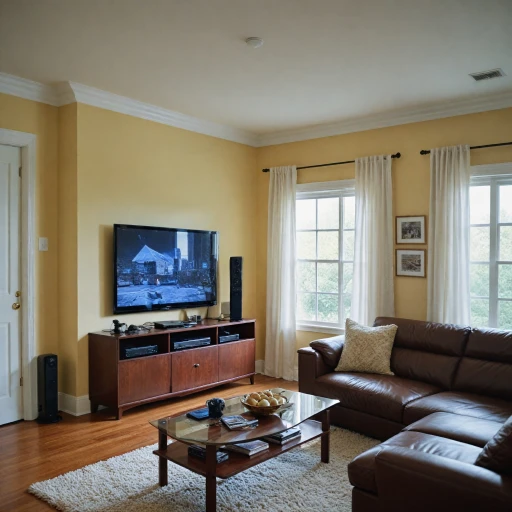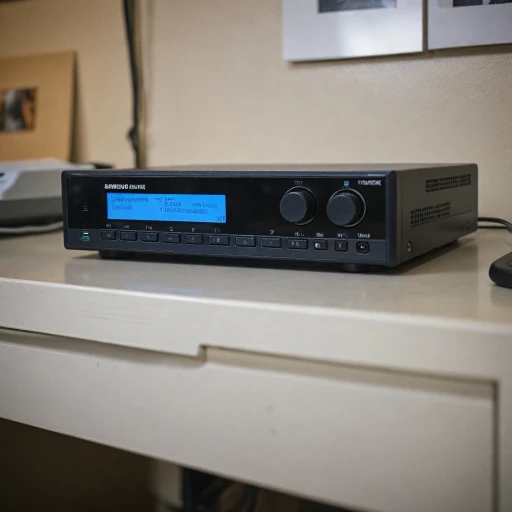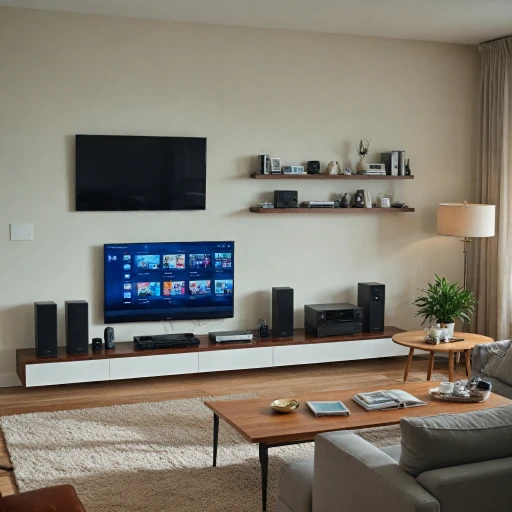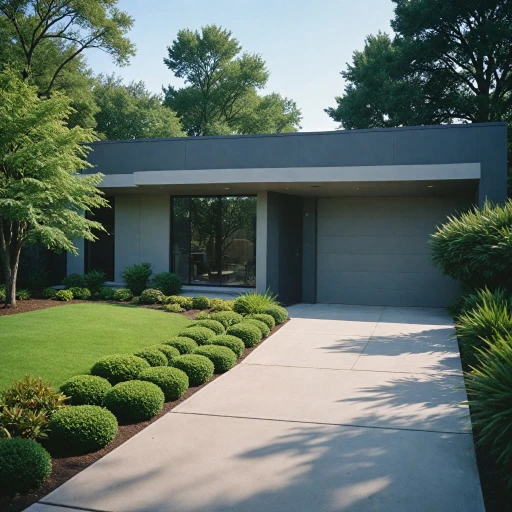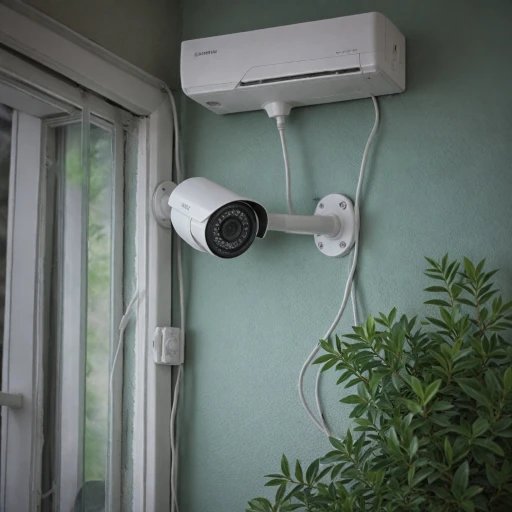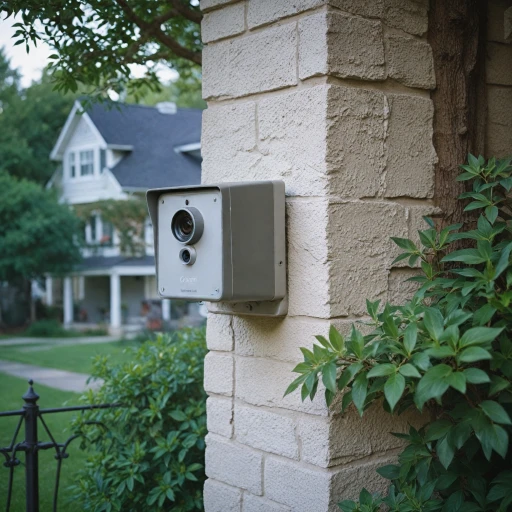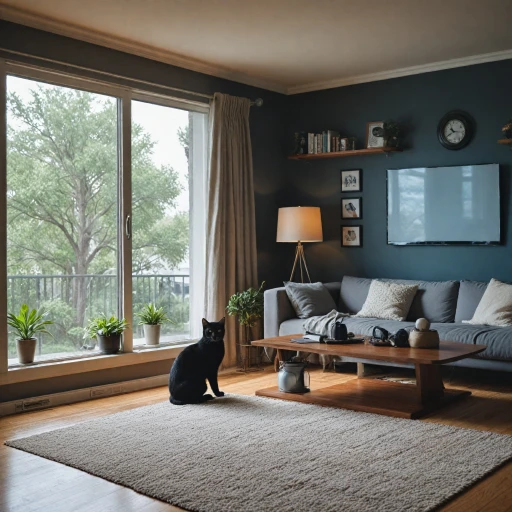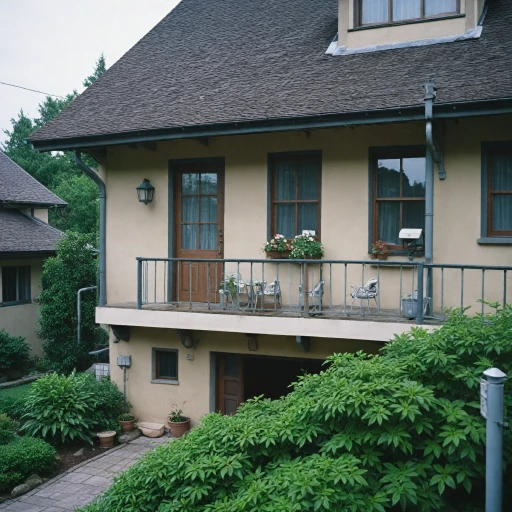The Basics of Cat5e Cable
Getting to Know Cat5e Cable
Cat5e cables, also known as Category 5e or CAT 5 Enhanced, are an industry standard when it comes to setting up home security systems. Renowned for their efficiency and performance, these cables facilitate seamless high-speed network connectivity. In the realm of home security, understanding the significance of Cat5e is crucial for optimal system operation.
These cables are constructed with four pairs of twisted copper wires, which enhance data transmission by minimizing interference. The unshielded twisted pair (UTP) design is favored for its ability to provide impressive performance in data, voice, and video applications.
When it comes to product choice, the cable is available in bulk, making it a practical option for large installations. Most cat5e cables are 24 AWG solid bare copper cores, providing a balance between strength and flexibility. This makes them ideal for stable and reliable performance over longer distances.
Additionally, bulk cable options come with the convenience of free shipping and easy-to-use pull boxes. These features simplify the installation process, allowing for a direct view of cable lengths and quick adjustments as needed. For extensive network setups, a 16-port PoE network switch can efficiently power your cameras and consolidate your cabling system.
One of the key factors that sets Cat5e apart from other types of Ethernet cables is its balance between cost and performance. This type of cable is often preferred for home security as it delivers robust quality without breaking the bank. Whether you need shielded or unshielded options depends on your specific network requirements and the nature of your environment.
Why Choose a 500ft Cat5e Cable?
Choosing Length: Why Opt for a 500ft Cat5e Cable?
When planning your home security system, selecting the appropriate length of Cat5e cable becomes crucial. Opting for a 500ft Cat5e cable is a wise decision due to several factors that cater to both current needs and potential future expansions of your security network.- Cost-Effectiveness: Purchasing bulk cable, such as 500ft, often comes with a price advantage over buying multiple shorter cables. This bulk purchase can reduce overall expenses, making it budget-friendly while still providing high-quality cabling solutions.
- Flexibility in Installation: Having a substantial length of cable at your disposal allows for flexibility in installation. Whether routing through walls or ceilings, a 500ft length ensures you won't run short unexpectedly. This can be particularly beneficial for larger homes or properties with extensive coverage needs.
- Reduced Signal Loss: Utilizing a continuous length of cat bulk cable can minimize the chances of signal loss. Fewer connections and splices maintain cable integrity and performance, ensuring better data transmission between your security cameras and network.
- Future-Proofing: A 500ft length prepares your setup for future upgrades or additions to your security system. As your surveillance needs expand, having extra cable on hand means you can easily integrate new cameras without needing additional cable purchases.
Installation Tips for Cat5e Cable in Home Security
Tips for Installing the Right Ethernet Cable for Security Cameras
Installing Cat5e cables for a home security system can seem like a daunting task, but with the right guidance, it can be a straightforward process. First and foremost, it’s essential to choose the right type of cable. Solid copper conductors in Cat5e cables are crucial for reliable performance over longer distances. Opt for a riser-rated cable if you're running it within walls, as it's designed to meet building code requirements. Consider using a pull box for ease of installation to manage and measure exactly how much bulk cable you need, reducing waste and ensuring neatness. When wiring your system, you may encounter Unshielded Twisted Pair (UTP) cables, which provide a cost-effective solution by eliminating the shielding, while still maintaining excellent anti-interference properties for indoor environments. When routing your ethernet cables, avoid placing them near sources of electromagnetic interference, like microwaves or wireless routers. Pairing your Cat5e cable with a respectful understanding of these principles will ensure seamless integration into your home security network. Additionally, ensure bare copper wires are not exposed to harsh elements to minimize signal degradation. To further enhance your home security system, consider complementing it with modern features like a smoke detector camera featuring audio. This integrated approach provides a comprehensive view of security, leveraging both video surveillance and audio detection for optimal protection.Comparing Cat5e with Other Cable Types
Advantages and Disadvantages of Different Cabling Types
When it comes to choosing the right cable for home security cameras, Cat5e cables stand out for several reasons, but it's important to compare them to other types to make an informed decision.
Cat5e vs. Cat6: Both Cat5e and Cat6 cables are popular choices in network installations. While Cat5e is often sufficient for home security needs, Cat6 offers higher bandwidth and is capable of handling faster internet speeds. However, for standard home security setups, the enhanced performance of Cat6 might not be necessary, making Cat5e a more cost-effective option.
Shielded vs. Unshielded: Cat5e cables come in shielded (STP) and unshielded (UTP) variants. Shielded cables provide additional protection against electromagnetic interference, which can be beneficial in areas with heavy electronic usage. For most residential installations where interference isn't a major concern, unshielded Cat5e cables suffice and are easier to install.
Solid vs. Stranded: In security installations where the cable won’t be moved frequently, solid copper conductors are preferred due to their superior performance over long distances. Stranded cables, on the other hand, are more flexible and better suited for applications requiring frequent movement.
When considering cabling for security cameras, a Cat5e bulk cable featuring bare copper direct wire offers a balance of performance and cost. Look for products that come in pull box packaging for ease of installation. Additionally, ensure that the cable is riser rated to comply with building codes.
Ultimately, the choice of cable type depends on the specific needs of your setup, the environment of installation, and budget considerations. If you're installing a comprehensive system, ordering a Cat bulk cable with free shipping can ease logistics. Similarly, selecting cables with appropriate AWG ensures quality transmission across your network ethernet setup.

